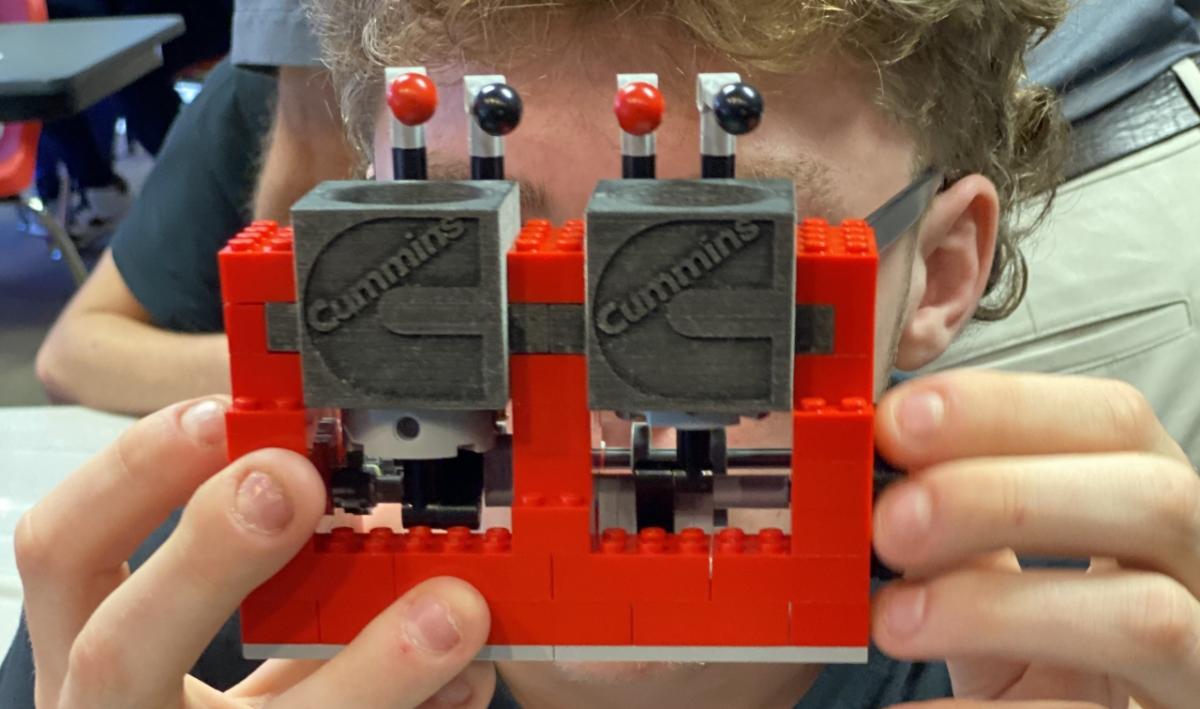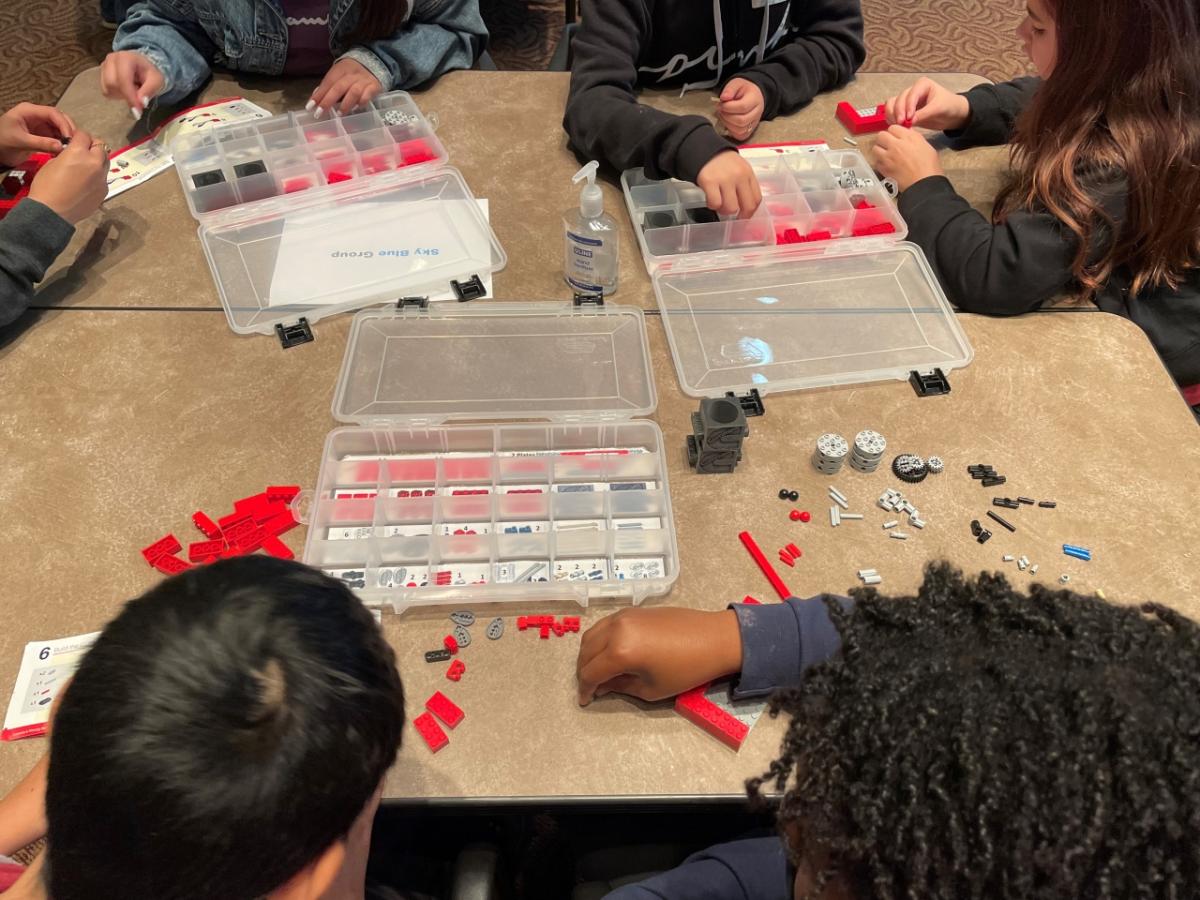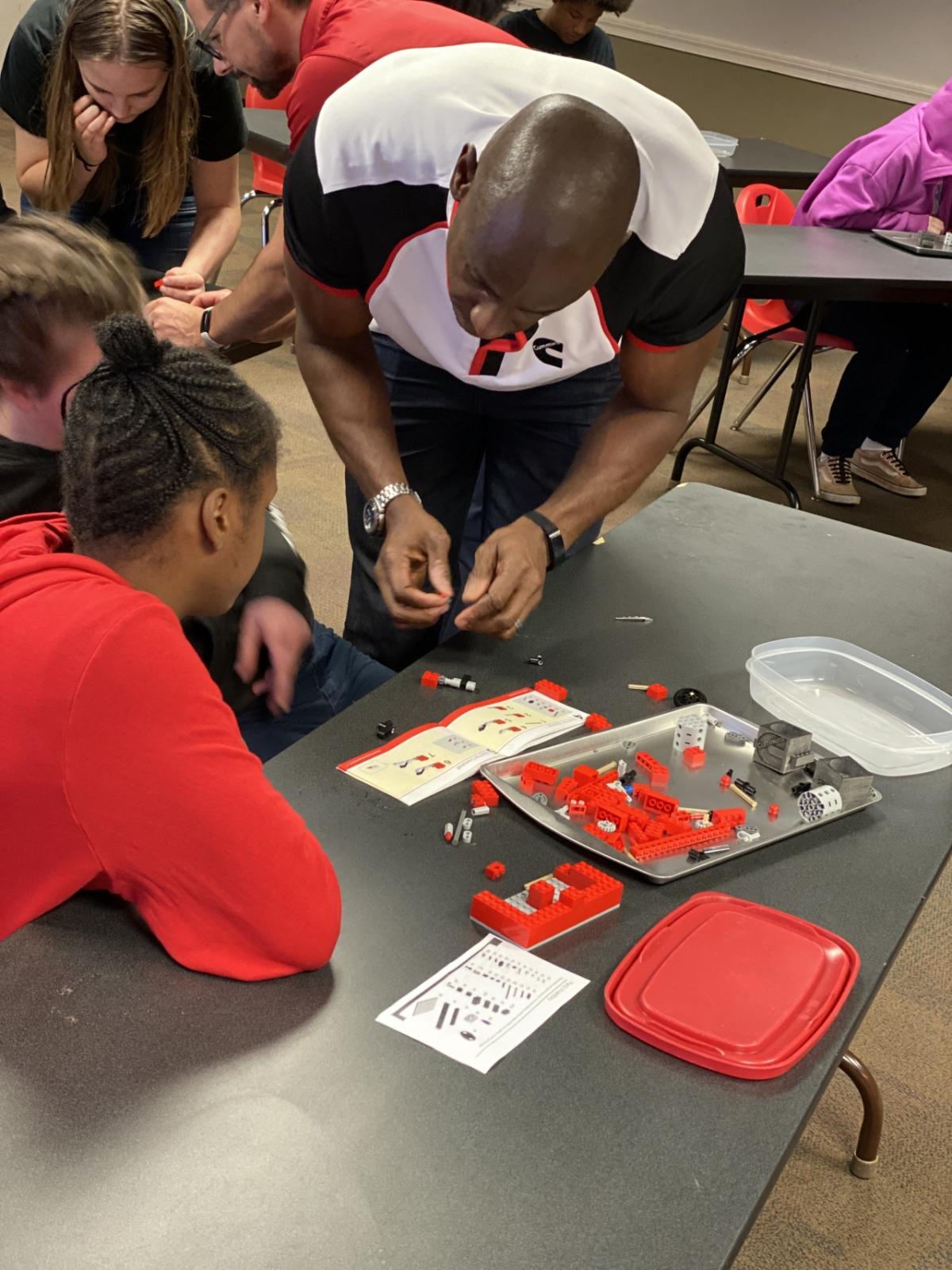Cummins Advocating for Racial Equity Establishes and Builds a STEM Foundation for Youth on National STEM Day
People working in STEM careers hold the key to our world’s sustainability; in fact, some of the most in-demand, highest paying and fastest growing careers are in the STEM fields. Although jobs in this career are in high-demand and will be a key piece of our sustainability, according to the National Science Board, fewer than 50% of minorities are in the STEM labor force.
As a global power technology leader, Cummins Inc. is working to increase the exposure of STEM careers to minorities and women across the world through various programs and initiatives. In fact, through the CARE initiative, the company held a special STEM activity at multiple sites in the U.S. during the month of November to celebrate National STEM Day.
CARE sponsored Lego engine builds for local high school students in Atlanta and Detroit, and has STEM activities scheduled for students in other CARE cities in 2023. The participating youth built Cummins engines out of Lego bricks; for many, this was their first exposure to the world of science, technology, engineering and math.
“To celebrate National STEM Day we wanted to introduce and support students on their STEM journey in our targeted CARE communities,” said Delilah Morgan, Cummins Director of External Diversity Initiatives. “The data is clear; minorities are underrepresented in STEM fields, and we know a large reason is lack of exposure to STEM careers. A core value of Cummins is diversity and inclusion, and our company believes our diversity of thought helps position us as a global technology leader. We believe investing in our youth today is a direct deposit into the planet’s future.”
The international comparisons fueled discussion of U.S. education and workforce needs. The bipartisan congressional STEM Education Caucus noted: “Our knowledge-based economy is driven by constant innovation. The foundation of innovation lies in a dynamic, motivated and well-educated workforce equipped with STEM skills.”
National STEM Day began as a result of studies in the early 2000s revealed U.S. students were not achieving in the STEM disciplines at the same rates as students in other countries. The report predicted dire consequences if the U.S. could not compete in the global economy due to a poorly prepared workforce. Thus, educators focused on science, math, and technology research, on economic policy and on education. U.S. prosperity seemed to depend on it.
Growth in America’s STEM jobs in the first decade of the 21st century tripled the rate of growth in non-STEM jobs. However, racial and gender gaps remained a problem. Employers continue to struggle with the need for qualified STEM workers.





